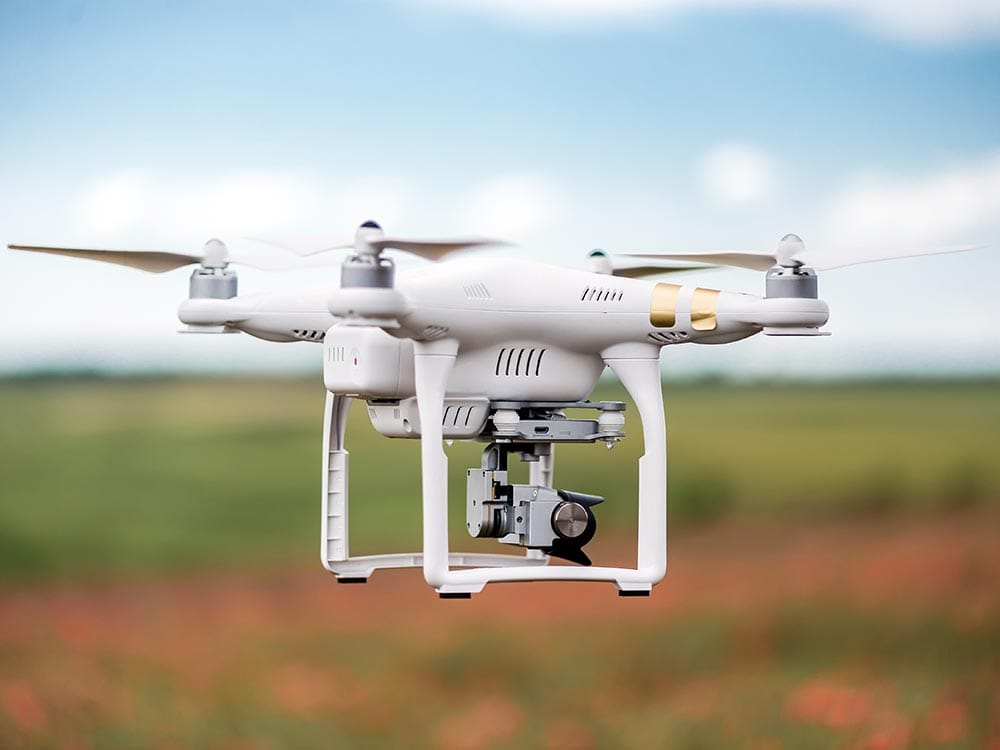Meteorological observation: basic observation indicators of surface weather stations and solar radiation stations, used to record the spatial and temporal distribution of regional solar radiation, and to support climate research and weather forecasting.
1. Meteorological observation: basic observation indicators of surface weather stations and solar radiation stations, used to record the spatial and temporal distribution of regional solar radiation, and to support climate research and weather forecasting.
2. Solar energy industry: location selection of photovoltaic power plants (assessment of radiation resource potential), power plant operation and maintenance (real-time monitoring of radiation intensity, calculation of power generation efficiency), solar water heater performance testing.
3. Agriculture and Ecology: Calculate the cumulative amount of photosynthetically active radiation in crops to guide agricultural planting layout; monitor ecosystem energy balance to support vegetation growth research.
4. Building energy efficiency: building lighting design, shading system optimization (adjusted according to radiation data to reduce air conditioning energy consumption); green building energy consumption assessment.
5. Research fields: atmospheric science (studying the interaction between radiation and the atmosphere), climate change research (using long-term radiation data to analyze global warming trends).
Product Parameters
1. Measurement range: Common 0~2000 W/㎡(suitable for conventional solar radiation intensity on the earth’s surface, customizable for extreme scenarios).
2. Sensitivity: Typical 5~20 μV/(W/㎡)(The higher the sensitivity, the more sensitive it is to weak radiation changes, and the more accurate the measurement is.)
3. Response time: ≤ 30 seconds (90% response)
4. Accuracy: ≤ ± 5% (relative to standard radiometer, core index, determines data reliability).
5. Temperature coefficient: ≤ ± 0.05%/℃ (reduce the influence of ambient temperature changes on measurement results and improve the stability of low temperature/high temperature scenarios).
6. Spectral response: 280 to 3000 nm (covering the full spectral range of total solar radiation to avoid errors due to spectral omissions).
Our products deliver superior performance, critical technical support, and reliable product assurance in any environment.
Our MEMS sensors achieve unmatched levels of performance gains in critical areas such as bias instability and angle random walk.
All our product designs go through rigorous testing utilising our ISO17025 accredited laboratory.
We manage every aspect of our product range, ensuring the highest quality on the market. Our highly skilled team provide expert technical support.





